Indigenous Voices in Film and TV: The Audience Paradox
June 11, 2025
A Native film scholar reflects on decades of change in Indigenous cinema, exploring how Native filmmakers navigate industry pressures, audience expectations, and the drive to tell authentic, place-rooted stories.
By Dr. Joely Proudfit
This essay is part of the Crocker’s Indigenous Voices in Film project, an initiative dedicated to exploring the artmaking practices of Indigenous peoples in the Sacramento and Northern California regions through the lens of film, video, and media arts. For more information on the Indigenous Voices in Film project, use this link.
Indigenous Voices in Film and TV: The Audience Paradox
As an American Indian scholar who has taught Indigenous film and media for nearly three decades, I have witnessed firsthand the evolution of Native American representation in cinema. My active involvement in shaping how the entertainment industry portrays Native Americans, as well as my collaborations with both Native and non-Native filmmakers, have provided me with unique insights into the complex relationship between Indigenous filmmakers, their art, and their diverse audiences. For the purposes of this essay, I focus primarily on American Indian filmmakers because Indigenous storytelling is deeply rooted in place, and audiences are increasingly seeking stories that reflect the rich diversity of American Indian experiences.
This essay explores the multifaceted dynamics at play when Native creators bring their stories to the screen. It examines the expectations placed upon them, the influence of audience participation on content, and the strategies employed to navigate the broader film industry. The essay also explores how both Native and non-Native audiences engage with Indigenous media and how Indigenous filmmakers manage these often-competing expectations.
Navigating Expectations: What People Want from Native Filmmakers
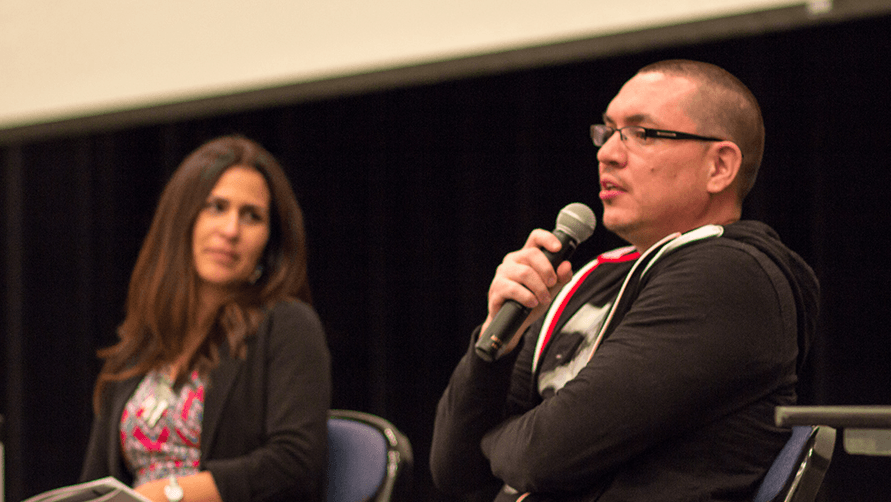
Native filmmakers face the challenge of balancing artistic expression with the expectations of both Native and non-Native audiences. These expectations can simultaneously serve as an impetus for powerful storytelling and act as constraints that limit creative freedom.
Cultural Ambassadors: Native filmmakers are often seen as representatives of entire cultures, tasked with educating non-Native audiences about Indigenous histories, traditions, and contemporary issues. This ambassadorial role, while valuable in terms of promoting cultural awareness, can be limiting, overshadowing the filmmaker’s personal vision or artistic goals. The burden of representation can weigh heavily on Native filmmakers, who may feel compelled to ensure that their work reflects the complexity and diversity of Indigenous cultures, even when their focus is on a single narrative.
Authenticity and Tradition: There’s a persistent expectation that Native films should focus on traditional practices, historical events, or life in rural settings. This narrow view often overlooks the complexity of contemporary Indigenous experiences, especially those of Native people living in urban environments. The expectation of authenticity tied to historical or traditional portrayals can make it difficult for Native filmmakers to tell stories about the modern, multifaceted realities of Indigenous life. The diversity of American Indian experiences is vast, yet the lens through which many non-Native audiences view Native cultures is often outdated and limited.
Political and Social Commentary: Non-Native viewers may expect Native films to tackle politically charged themes such as colonialism, land rights, and social justice. While these themes are undoubtedly important to Indigenous communities, they are not the only stories worth telling. This expectation can pigeonhole Native filmmakers into a narrow thematic range, preventing them from exploring broader storytelling possibilities. Native artists should have the freedom to create lighthearted comedies, thrillers, romances, and other genres without the constant expectation that their work will focus on the trauma and struggle of Indigenous people.
Spiritual and Mystical Elements: Stereotypes about Native spirituality often lead non-Native audiences to expect mystical or spiritual elements in Indigenous films. This can result in the exoticization of Native cultures, placing undue pressure on filmmakers to include elements that reinforce preconceived notions of what it means to be Native. The inclusion of spiritual or mystical themes may appeal to certain audiences, but it can also perpetuate harmful tropes about Native peoples as being inextricably tied to nature or mysticism, thereby overshadowing their complex identities.
Reconciliation and Healing: There is a widespread expectation, particularly from non-Native audiences, that Native films should promote healing or reconciliation between Indigenous and non-Indigenous peoples. While some films do engage with these themes, this expectation places an unfair burden on Native filmmakers to offer solutions to complex historical and social issues. Indigenous filmmakers are often called upon to do the emotional and intellectual labor of providing pathways to reconciliation, despite the fact that this is a shared responsibility, not something that should be expected solely from Native creators.
These expectations illustrate the intricate landscape that Native filmmakers must navigate. Mi’kmaq filmmaker Jeff Barnaby, known for his films Rhymes for Young Ghouls (2013) and Blood Quantum (2019), once remarked, “There’s this idea that Native filmmaking has to be gentle or that it has to educate a white audience. Fuck that. I’m not here to educate anybody. I’m here to express myself as an artist.” Barnaby’s defiant stance underscores a critical tension—Indigenous filmmakers seek the freedom to tell stories on their own terms, unburdened by the weight of representation or the need to cater to mainstream audiences' comfort zones.
For American Indian filmmakers, the challenge is often one of asserting the right to creative freedom while simultaneously pushing back against the external pressures to conform to specific cultural or political narratives. In doing so, they affirm that Indigenous stories deserve the same creative diversity as any other culture's stories.
Shaping Content: How Audience Expectations Influence Filmmaking
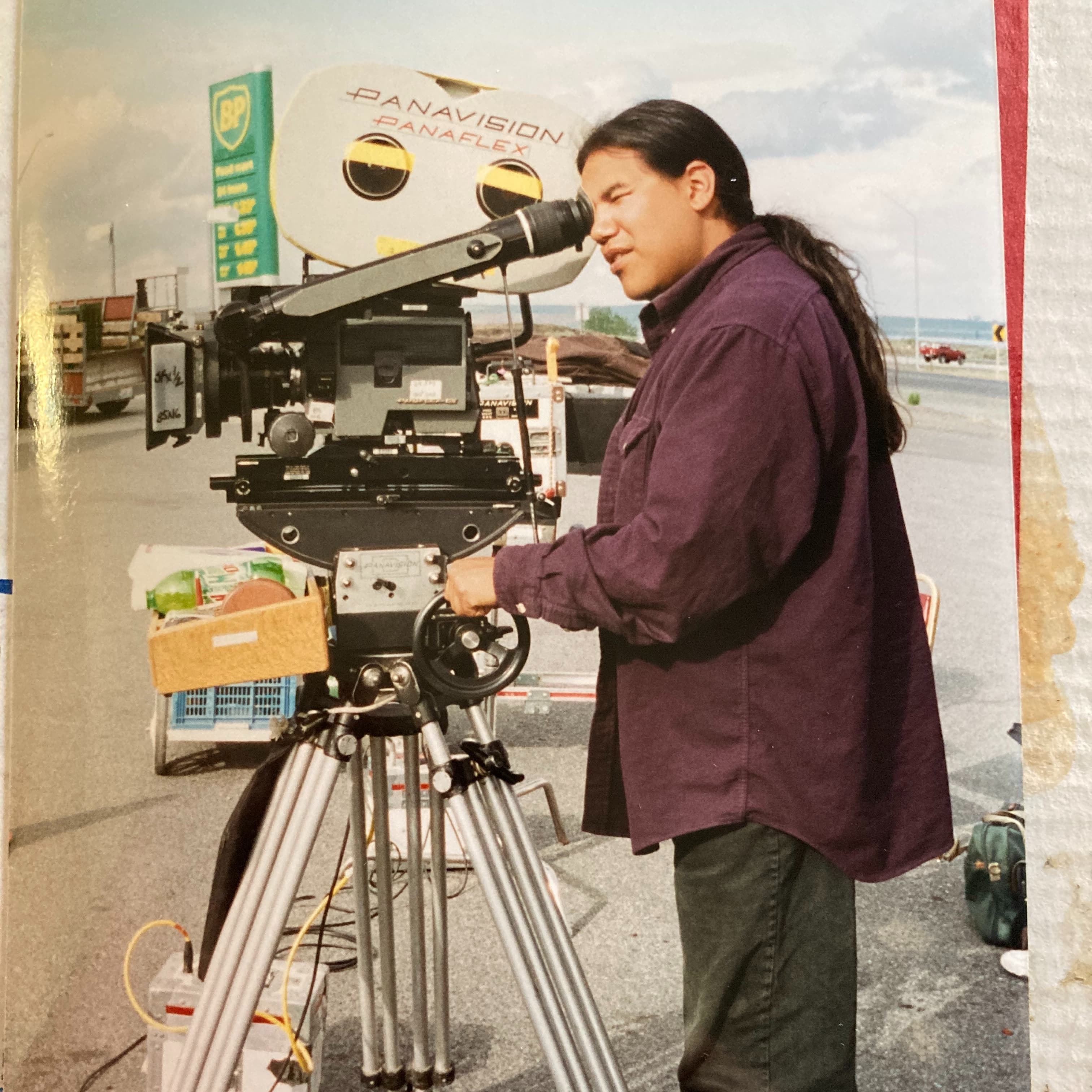
Native films and TV shows are shaped by a complex interplay between filmmaker intent and audience expectations. Filmmakers must walk a fine line, navigating reactions from both Native and non-Native viewers, while making decisions about how much of their work should be tailored to educate, entertain, or reflect Indigenous life.
Balancing Acts: Native filmmakers must find a delicate balance between speaking authentically to Indigenous audiences and making their stories accessible to non-Native viewers. This often involves including historical or cultural context to help non-Native viewers understand the significance of certain cultural references or plot points. However, this need to provide context can disrupt narrative flow or artistic experimentation, sometimes detracting from the storytelling experience for Native viewers who are already familiar with the cultural background being portrayed.
Language Choices: Decisions regarding the use of Indigenous languages are often driven by concerns about audience accessibility. For instance, some filmmakers may prioritize the use of Native languages in order to reclaim and revitalize those languages, even if it means relying on subtitles for non-Native audiences. On the other hand, some filmmakers choose to create primarily English-language content in order to reach a wider audience. This choice can be a point of contention within Indigenous communities, where language reclamation is a crucial aspect of cultural survival.
Cultural Specificity vs. Universality: Native filmmakers are often caught in the dilemma of whether to tell culturally specific stories that resonate strongly with Indigenous viewers or create more universal narratives that appeal to a broader, non-Native audience. Striking a balance between these two approaches can be difficult. For example, a filmmaker may want to highlight a specific tribal tradition that may not be well known outside of that community, but doing so might alienate viewers unfamiliar with the cultural context. On the other hand, opting for a more universal story might dilute the cultural specificity that makes Indigenous storytelling so unique.
Funding and Distribution Pressures: Financial considerations also play a significant role in shaping Native content. Filmmakers often face pressure from funders or distributors to make content that appeals to mainstream or international audiences, which can result in the dilution of cultural specificity. For instance, a studio may require changes to a script to make it more "marketable" to non-Native audiences, even if those changes compromise the filmmaker's original vision.
Chris Eyre, the Cheyenne-Arapaho filmmaker known for directing Smoke Signals (1998), captures this dual challenge: “I’m not interested in preaching to the converted. I want to make films that speak to everyone, but from an Indigenous perspective.” Eyre’s perspective reflects the ongoing challenge of creating culturally authentic films while striving for universal appeal. Films like Smoke Signals demonstrate that it is possible to create stories that resonate with a wide audience without compromising the integrity of Indigenous storytelling. This film, often hailed as the first feature film written, directed, and acted by Native Americans, broke barriers by showcasing Native life in a relatable, humorous, and heartfelt way that appealed to both Native and non-Native viewers alike. For nearly two decades, this film held the distinction of being the sole Native-produced work to achieve national distribution.
Reception Divide: Native vs. Non-Native Audiences
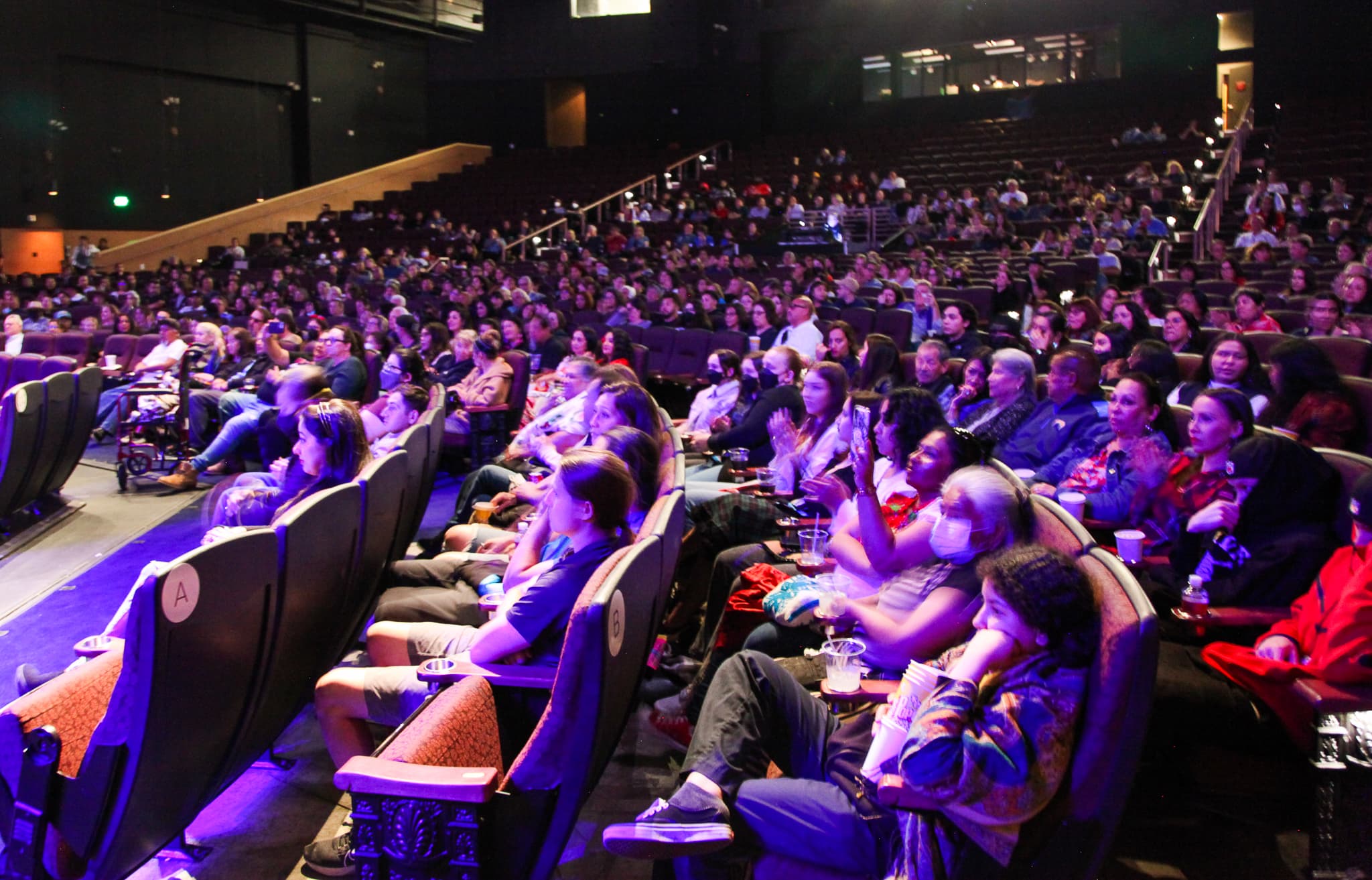
The way Native films and TV shows are received often varies significantly depending on the cultural background of the audience. For Native viewers, these productions offer a reflection of their lived experiences, while for non-Native viewers, they may serve as windows into unfamiliar worlds. This divide can shape how a film is interpreted and appreciated.
Cultural Resonance: Native audiences are likely to pick up on cultural references, humor, and subtleties that non-Native viewers might miss. These nuances are essential for building a sense of cultural recognition and solidarity among Native communities. For example, Native viewers might appreciate the subtle use of tribal humor or recognize the significance of specific clothing, hairstyles, or ceremonies depicted in a film, while non-Native viewers may focus on the broader narrative or themes.
Emotional Impact: For Native audiences, the emotional stakes of Indigenous films and TV shows are often heightened, especially when they address themes of colonialism, trauma, and resilience. Many Native viewers see their personal and communal histories reflected on the screen, which can create deeply emotional viewing experiences. A film that deals with the aftermath of government boarding schools, for example, might resonate on a visceral level for Native viewers who have direct or ancestral connections to that history.
Critical Lens: Native viewers may apply a more critical lens to films and shows representing their cultures, scrutinizing details for accuracy and authenticity. They may also hold filmmakers accountable for how they portray sensitive cultural practices or historical events. In contrast, non-Native audiences may be more forgiving of inaccuracies or culturally simplistic portrayals, as they might lack the cultural knowledge needed to recognize these shortcomings.
Educational Perspective: Non-Native audiences often approach Indigenous films as educational opportunities, looking to learn about Native cultures and histories. This can create an uneven viewing experience, as Native audiences may be more focused on the artistic merits of a film, rather than its potential to teach. This difference in reception highlights the fact that Native filmmakers are often expected to educate, even when their primary goal is to entertain or tell a personal story.
Jeff Barnaby’s observation—“There’s a disconnect between what Native people want to see about themselves on screen and what non-Native people want to see about Native people on screen”—highlights the divergent expectations that shape how Indigenous films and TV shows are received. Native filmmakers must grapple with these competing demands, striving to create work that is meaningful to their communities while still reaching a broader audience.
Native Filmmakers in the Broader Entertainment Industry
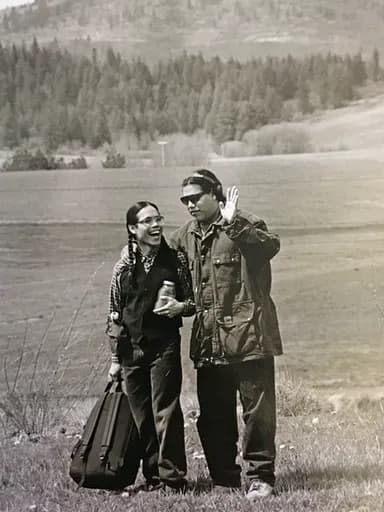
Despite the progress Native filmmakers have made in gaining recognition, their work is still often perceived as niche in the larger entertainment landscape. Indigenous productions face several challenges in gaining mainstream acceptance and recognition, even as they achieve critical success.
Niche Categorization: Native films and TV shows are frequently marginalized as “special interest” or “niche” content, which can limit their distribution and marketing potential. This marginalization can also affect the perception of their artistic and cinematic value, as films that are seen as “niche” are often overlooked in major industry awards and festivals that cater to mainstream tastes.
Festival Circuit Success: Many Native films find success on the festival circuit, particularly at festivals dedicated to Indigenous or minority filmmakers. However, breaking into mainstream distribution remains a significant hurdle. Films that perform well at festivals may struggle to find wider audiences, due to limited distribution or marketing budgets.
Industry Representation: The underrepresentation of Indigenous professionals in key decision-making roles within the entertainment industry—such as producers, executives, and distributors—affects how Native content is funded, marketed, and distributed. This lack of representation limits the scope of Indigenous stories that reach the screen and reinforces the idea that Native films are a niche market rather than part of the broader entertainment landscape.
Tokenism and Diversity Initiatives: While diversity initiatives have opened some doors for Indigenous filmmakers and TV creators, there is still a risk of tokenism or superficial inclusion. The real challenge lies in fostering meaningful representation at all levels of the industry, from writers and directors to producers and executives. Without Indigenous voices in decision-making positions, the risk remains that Native stories will be commodified or co-opted for diversity’s sake, rather than being given the respect and resources they deserve.
Chris Eyre, reflecting on the progress made since Smoke Signals, noted, “There’s definitely more opportunity now, more Native filmmakers getting their stories out there. But we’re still fighting for resources, for distribution, for the chance to tell our stories on our own terms.” Eyre’s observations point to the ongoing struggles Native content creators face, even as opportunities expand.
The Streaming Revolution: Opportunities and Challenges
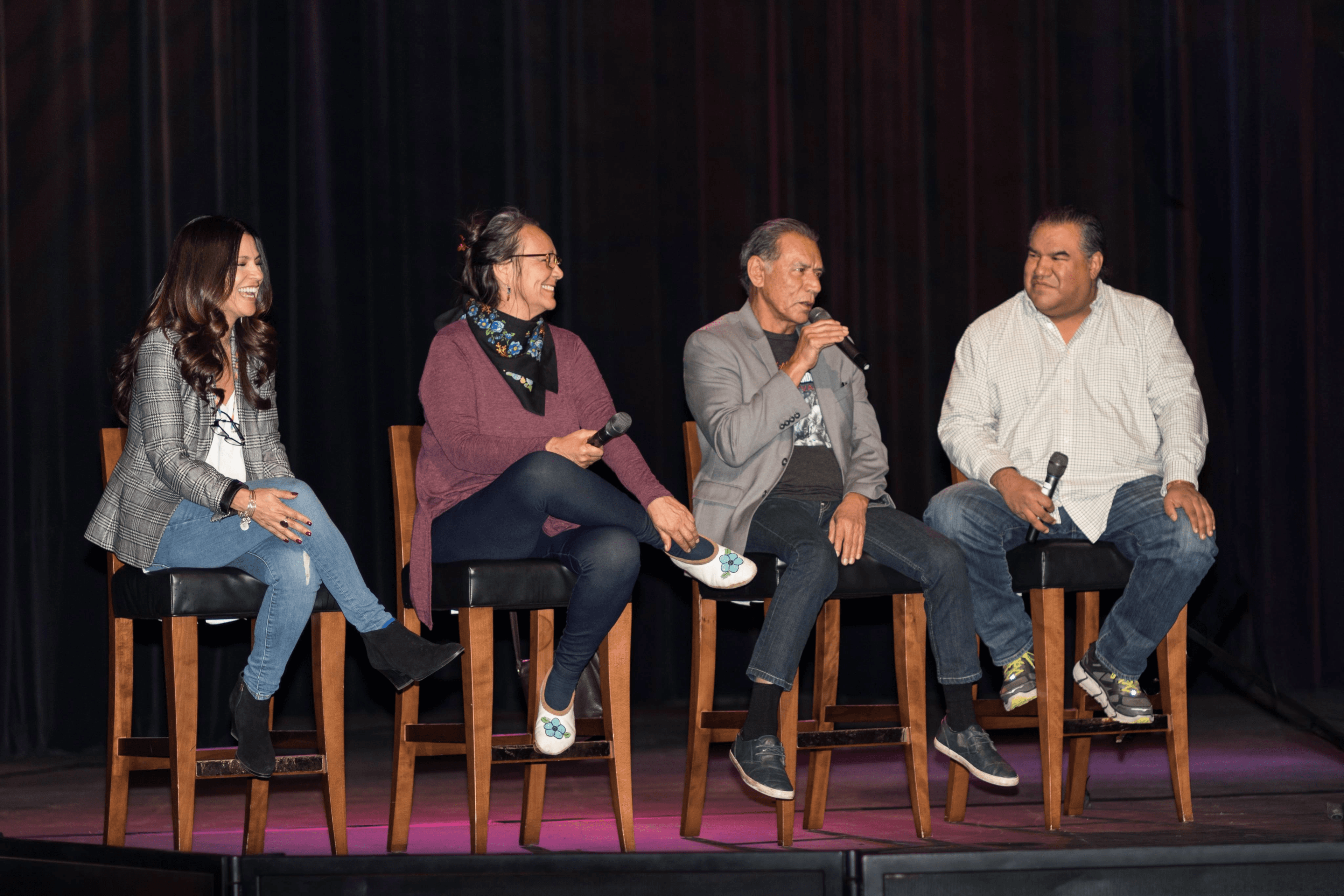
The rise of streaming platforms has significantly impacted the landscape for Indigenous content, offering new opportunities for Native filmmakers to reach global audiences. However, streaming also presents unique challenges.
Diversity of Shows and Creators: Streaming platforms have opened doors for a wide range of Native-created content, including AMC’s Dark Winds, Netflix’s Spirit Rangers, and FX’s Reservation Dogs. These shows, which span different genres, demonstrate the increasing visibility of Native stories in mainstream media. Dark Winds, a riveting crime drama, has particularly resonated with audiences, earning a perfect Rotten Tomatoes score and securing a spot in Netflix's top 10. Its success demonstrates how culturally authentic storytelling can captivate both Native and non-Native viewers alike, proving that specificity in narrative can lead to universal appeal. This trend signals a promising shift towards greater representation and diversity in mainstream media, where Native stories are not just included, but celebrated.
Platform Diversity: The multitude of streaming platforms has created more spaces for Native content to find homes and audiences. However, this diversity can also lead to fragmentation, making it challenging for audiences to discover shows on less prominent or subscription-based platforms.
Collaborations and New Voices: Streaming has facilitated collaborations between seasoned professionals and emerging talents. It has also provided opportunities for new Native writers and showrunners to bring fresh perspectives to the screen. Reservation Dogs, which featured an all-Native writing room, is an example of how Indigenous creatives can work together to produce authentic and entertaining representations of Native life.
Audience Reach and Discoverability: While streaming platforms offer the potential for global reach, the sheer volume of content can make it difficult for Native shows to stand out. The challenge of discoverability on crowded platforms remains a significant hurdle for Indigenous content creators. Many shows may never reach their full audience potential simply because they are buried among other content in the algorithm-driven landscape of streaming platforms.
Creative Freedom vs. Algorithm-Driven Content: Streaming platforms often offer more creative freedom than traditional networks, allowing filmmakers to experiment with different genres, formats, and storytelling techniques. However, these platforms are also driven by viewer data and algorithms, which can sometimes result in a focus on familiar formulas rather than innovative storytelling. This tension between creative freedom and algorithm-driven content can limit the types of stories that are greenlit by streaming platforms.
Representation Behind the Scenes: The streaming era has highlighted the importance of Native representation not just on screen, but in writers' rooms, production teams, and executive positions. Shows like Reservation Dogs and Spirit Rangers demonstrate the impact of having Indigenous creatives at all levels of production, from concept to execution. Representation behind the scenes is crucial to ensuring that Indigenous stories are told with authenticity and care.
The streaming revolution has undoubtedly expanded opportunities for Native content creators, but it also presents new challenges in terms of audience fragmentation and discoverability. As Sierra Teller Ornelas, co-creator of Rutherford Falls, once said, “There’s never been a Native sitcom before. So we’re literally building the plane as we’re flying it.” Her words encapsulate both the excitement and the challenges of creating groundbreaking Native content in the streaming era.
Moving Forward: A Bright Future for Native Cinema and TV

As we look ahead, the future of Native filmmaking appears bright. Native filmmakers are poised to reshape the entertainment industry by offering fresh, authentic perspectives that resonate with audiences worldwide. The challenge now lies not with audience readiness but with industry gatekeepers who need to invest in these creators. Native stories not only enrich the cultural landscape but are also commercially viable, as the success of Reservation Dogs, Dark Winds, and Spirit Rangers demonstrates.
The ultimate power of Native cinema and television lies in its ability to tell universal human stories through the lens of Indigenous experiences. As Native creators continue to break boundaries, they contribute not only to the visibility of Indigenous cultures but to the richness and diversity of global entertainment.
In the words of Chris Eyre, “Native filmmakers can tell any kind of story they want. We’re not limited to just ‘Native stories’—we can tell universal stories through our unique lens. That’s real progress.” As Indigenous filmmakers and TV creators push forward, their voices are not simply important for Indigenous visibility but for the broader landscape of storytelling.
The landscape of Native cinema is evolving rapidly, with Indigenous-made films increasingly captivating audiences and securing national distribution. A prime example is Seneca-Cayuga filmmaker Erica Tremblay's work, featuring the talented Lily Gladstone. Tremblay's storytelling, rooted in her Indigenous perspective, has garnered critical acclaim and broader recognition. This trend extends beyond individual successes, signaling a shift in the industry's recognition of Native talent and stories. Films like Sterlin Harjo's Mekko and Taika Waititi's Boy have paved the way for a new generation of Indigenous filmmakers to reach wider audiences. As these Native-made films continue to resonate with viewers across the country, they not only showcase the rich storytelling traditions of Indigenous cultures but also contribute to a more diverse and inclusive cinematic landscape. The increasing national distribution of these films marks a significant step forward in amplifying diverse Native voices and perspectives in mainstream media.
The entertainment industry must empower Native voices, providing the resources and platforms necessary to share their unique stories with the world. Native filmmakers have already proven that their stories can captivate audiences across cultural boundaries, and the time has come for industry executives to recognize the immense potential of Indigenous storytelling.
By providing substantial funding and wide distribution channels to Indigenous filmmakers and showrunners, the industry can tap into a wealth of untold stories and perspectives. The future of Indigenous cinema and television is bright, filled with potential for groundbreaking narratives that can entertain, educate, and inspire. As these voices continue to rise, they will undoubtedly reshape the entertainment industry, offering audiences a more diverse, authentic, and compelling array of stories that reflect the full spectrum of human experience.
Dr. Joely Proudfit
Dr. Joely Proudfit is a Luiseño/Payómkawichum and Tongva scholar, activist, and media maker who chairs the American Indian Studies Department at CSU San Marcos and directs the California Indian Culture and Sovereignty Center. She owns Native Media Strategies and has produced and consulted on film and TV projects including work with BBC, PBS, National Geographic, ABC/Disney, and Netflix. She founded California's American Indian & Indigenous Film Festival. Her accolades include 2024 NIEA Educator of the Year and Variety's 2022 Entertainment Educator of the Year.
The Indigenous Voices in Film series explores and highlights the work of Indigenous peoples at the intersection of film, video art, and media arts. Supported by a generous grant from the Terra Foundation for American Art to broaden the understanding of American art history, this project is committed to presenting films and video art created by Indigenous peoples, as well as to advancing critical discussion of these works in the region and within the museum field.